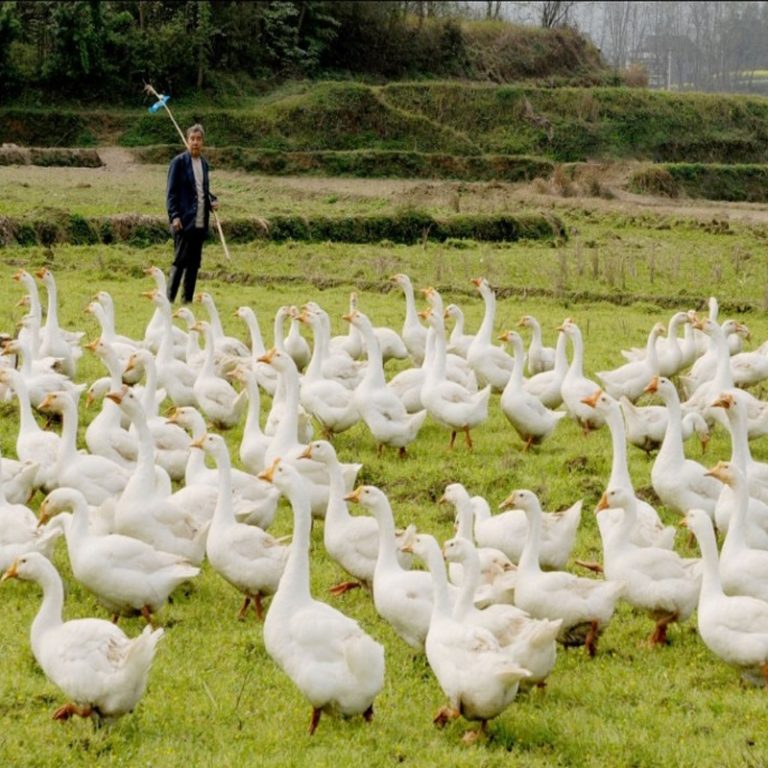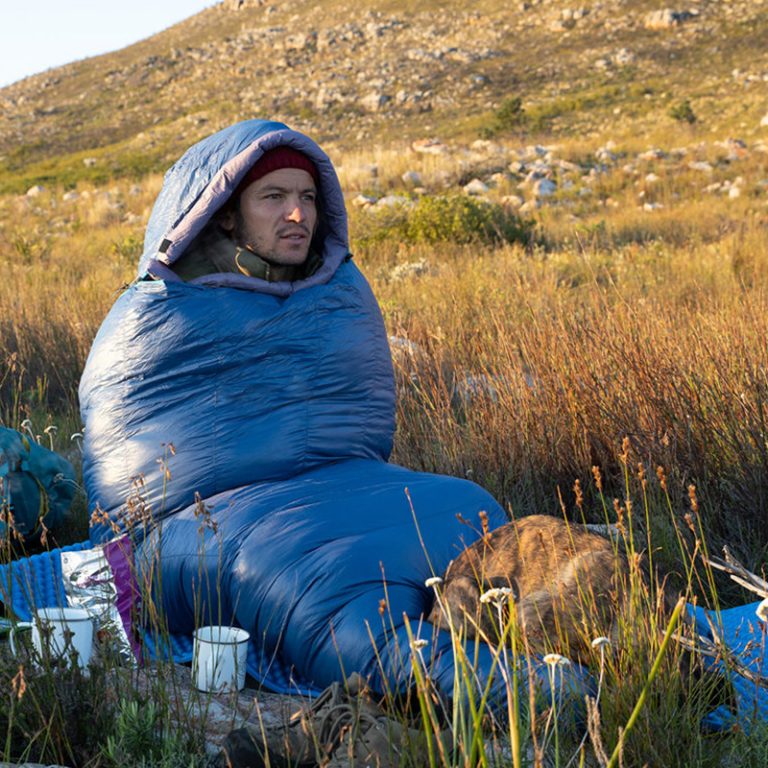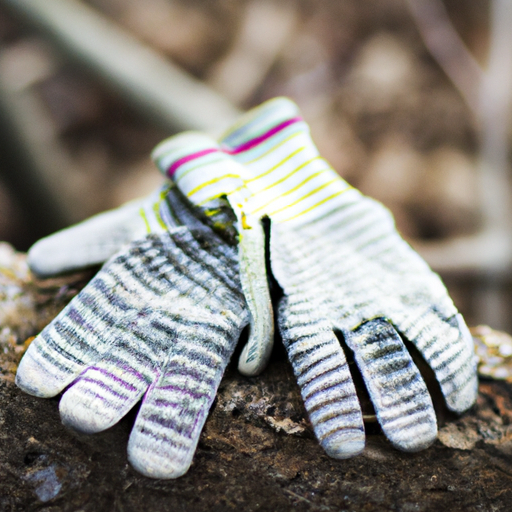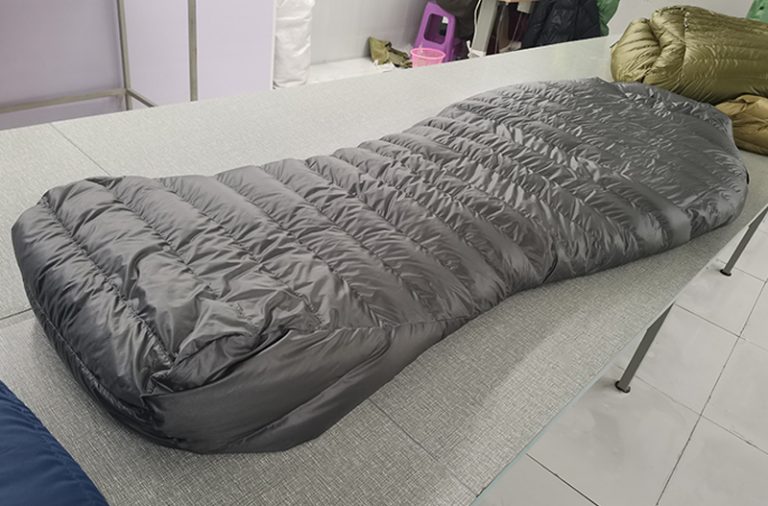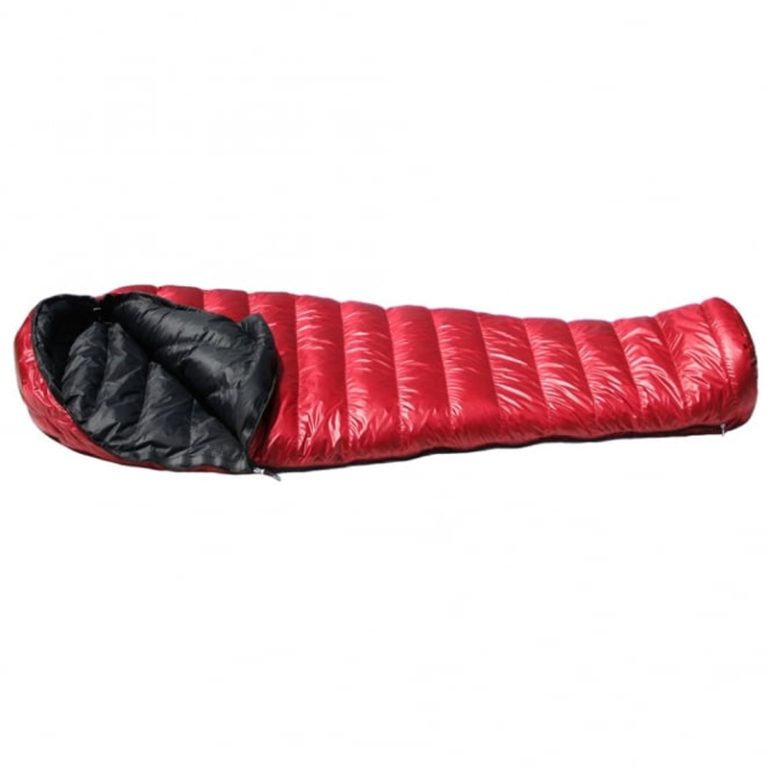How to Choose the Right Sleeping Bag for Your Camping Trip
When it comes to camping, having the right sleeping bag is essential for a comfortable and enjoyable experience. With so many different types of sleeping bags available, it can be difficult to know which one is best for your camping trip. Here are some tips to help you choose the right sleeping bag for your next outdoor adventure.
First, consider the temperature range of the area you’ll be camping in. Different sleeping bags are designed for different temperature ranges, so it’s important to choose one that is suitable for the climate you’ll be in. If you’re camping in a cold climate, look for a sleeping bag with a lower temperature rating. If you’re camping in a warmer climate, look for a sleeping bag with a higher temperature rating.
Next, consider the size and shape of the sleeping bag. If you’re camping with a partner, look for a double sleeping bag that is designed to fit two people. If you’re camping alone, look for a single sleeping bag that is designed to fit one person. Additionally, consider the shape of the sleeping bag. Rectangular sleeping bags are roomier and provide more space for movement, while mummy-style sleeping bags are more form-fitting and provide more warmth.
Finally, consider the material of the sleeping bag. Down sleeping bags are lightweight and compressible, making them ideal for backpacking trips. Synthetic sleeping bags are heavier and less compressible, but they are more affordable and provide better insulation in wet conditions.
By considering the temperature range, size and shape, and material of the sleeping bag, you can find the perfect one for your camping trip. With the right sleeping bag, you’ll be sure to have a comfortable and enjoyable experience in the great outdoors.
The Benefits of Using a Sleeping Bag Liner
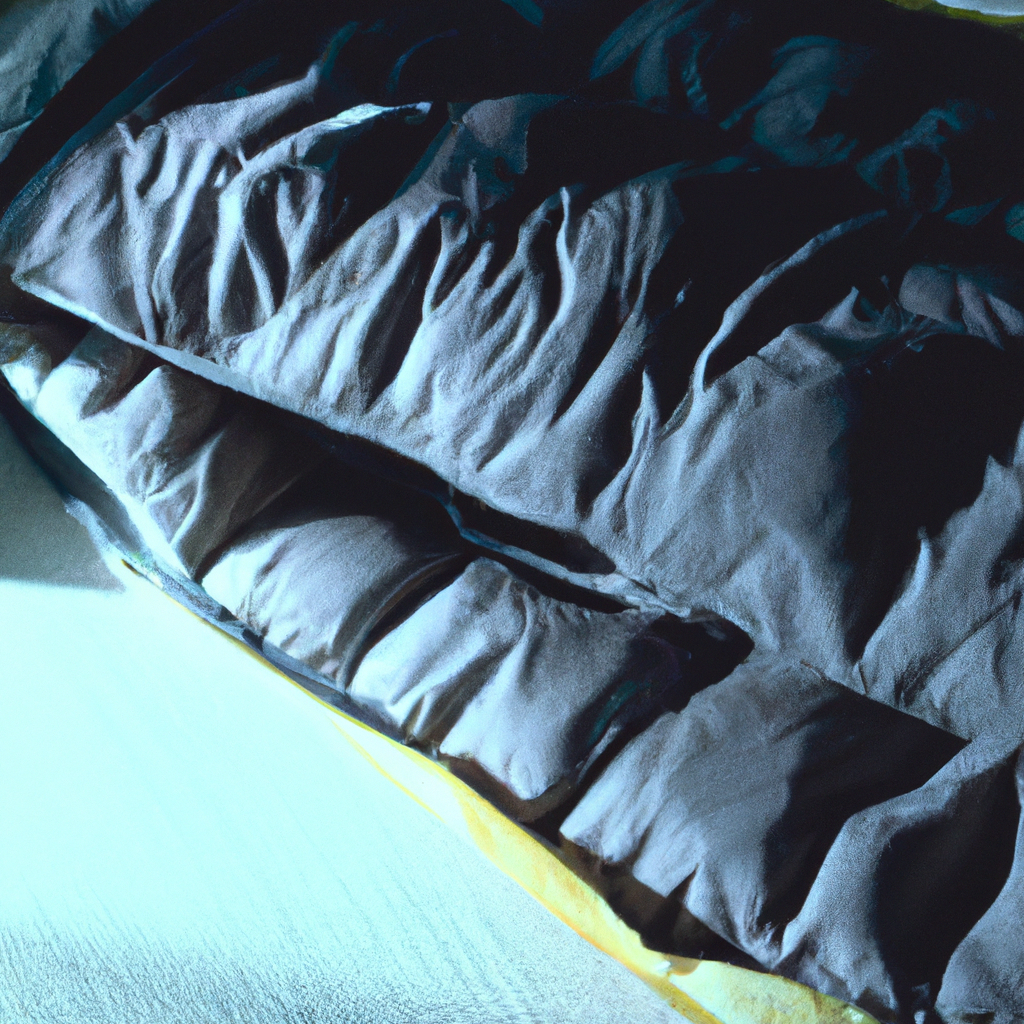
A sleeping bag liner is an essential item for any outdoor enthusiast. Not only does it provide an extra layer of warmth and comfort, but it also helps to keep your sleeping bag clean and free from dirt and debris. Here are some of the benefits of using a sleeping bag liner:
1. Extra warmth: A sleeping bag liner can provide an extra layer of warmth, which can be especially beneficial in cold weather. It can also help to keep your sleeping bag clean and free from dirt and debris.
2. Comfort: A sleeping bag liner can provide an extra layer of comfort, making it easier to sleep in the outdoors. It can also help to keep your sleeping bag clean and free from dirt and debris.
3. Versatility: A sleeping bag liner can be used in a variety of ways. It can be used as a stand-alone sleeping bag, or it can be used as an extra layer of insulation in a sleeping bag. It can also be used as a blanket or a sheet.
4. Protection: A sleeping bag liner can help to protect your sleeping bag from dirt and debris, as well as from wear and tear. It can also help to keep your sleeping bag clean and free from dirt and debris.
Using a sleeping bag liner can provide a number of benefits for outdoor enthusiasts. Not only does it provide an extra layer of warmth and comfort, but it also helps to keep your sleeping bag clean and free from dirt and debris. It can also be used in a variety of ways, making it a versatile and useful item for any outdoor enthusiast.
Tips for Keeping Your Sleeping Bag Clean and Maintained
1. Before you store your sleeping bag, make sure it is completely dry. Moisture can cause mildew and other damage to the fabric.
2. Store your sleeping bag in a cool, dry place. Avoid storing it in a damp basement or attic.
3. If your sleeping bag gets wet, hang it up to dry as soon as possible.
4. If your sleeping bag gets dirty, spot clean it with a mild detergent and cold water. Avoid using hot water or harsh chemicals, as these can damage the fabric.
5. If your sleeping bag needs a deeper clean, take it to a professional cleaner.
6. If you’re storing your sleeping bag for a long period of time, consider using a storage bag or box to protect it from dust and dirt.
7. If you’re using your sleeping bag in a tent, make sure to keep it away from the walls and floor of the tent. This will help keep it clean and free from dirt and debris.
8. If you’re camping in an area with a lot of bugs, consider using a bug-proof sleeping bag liner. This will help keep your sleeping bag clean and free from pests.
9. If you’re camping in an area with a lot of dust, consider using a dust-proof sleeping bag cover. This will help keep your sleeping bag clean and free from dirt and debris.
10. Regularly inspect your sleeping bag for signs of wear and tear. If you notice any rips or tears, repair them as soon as possible.

